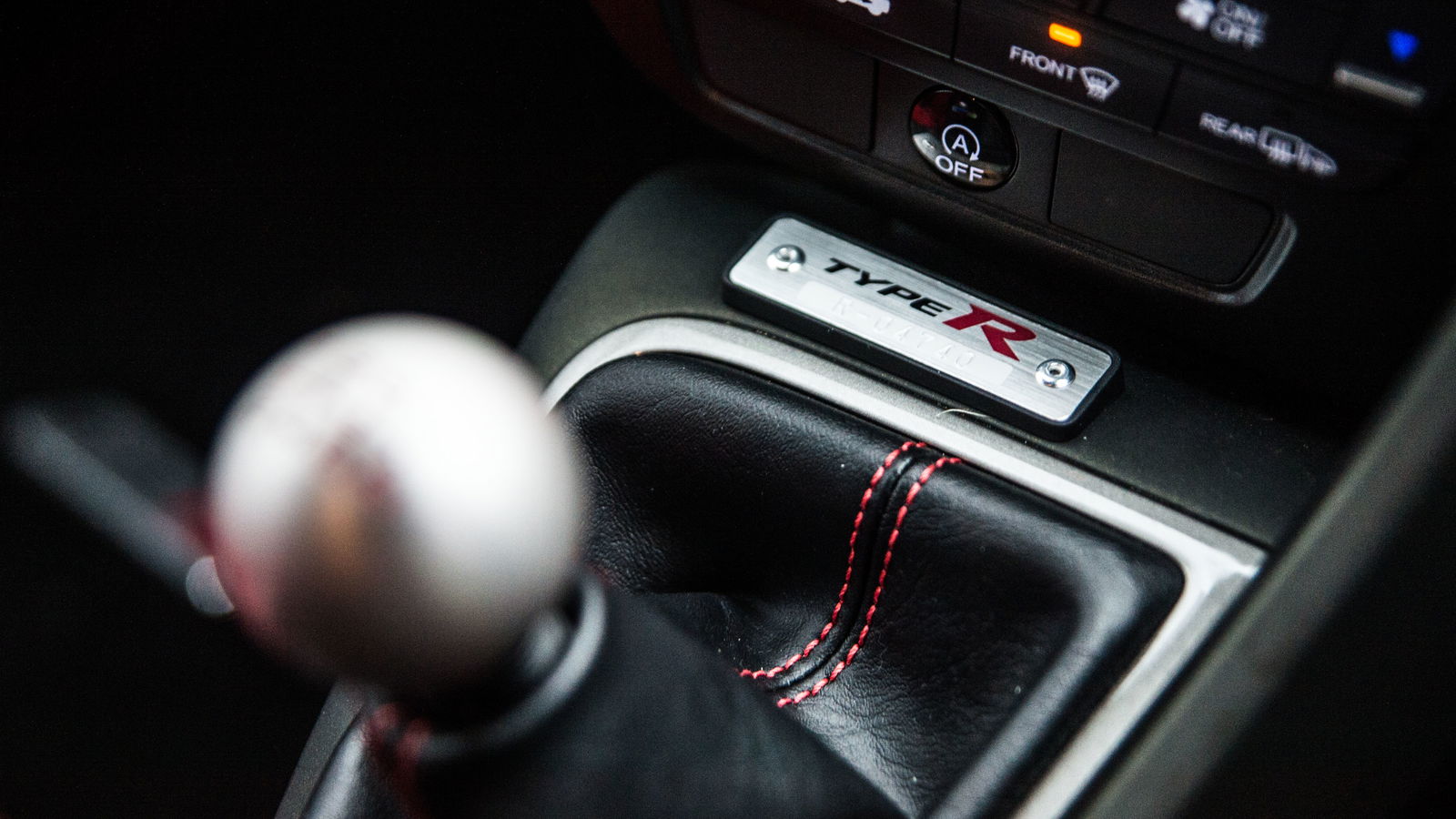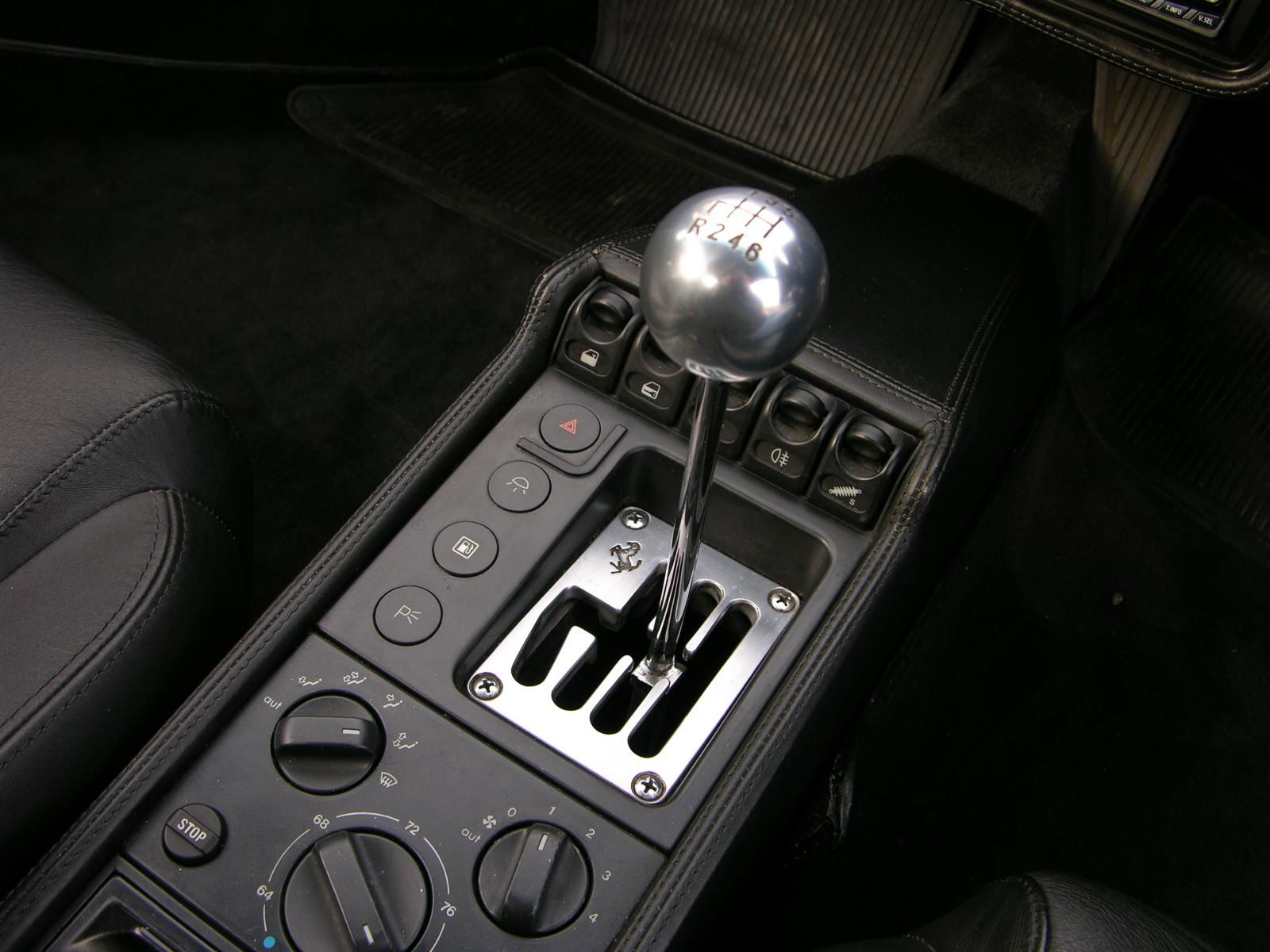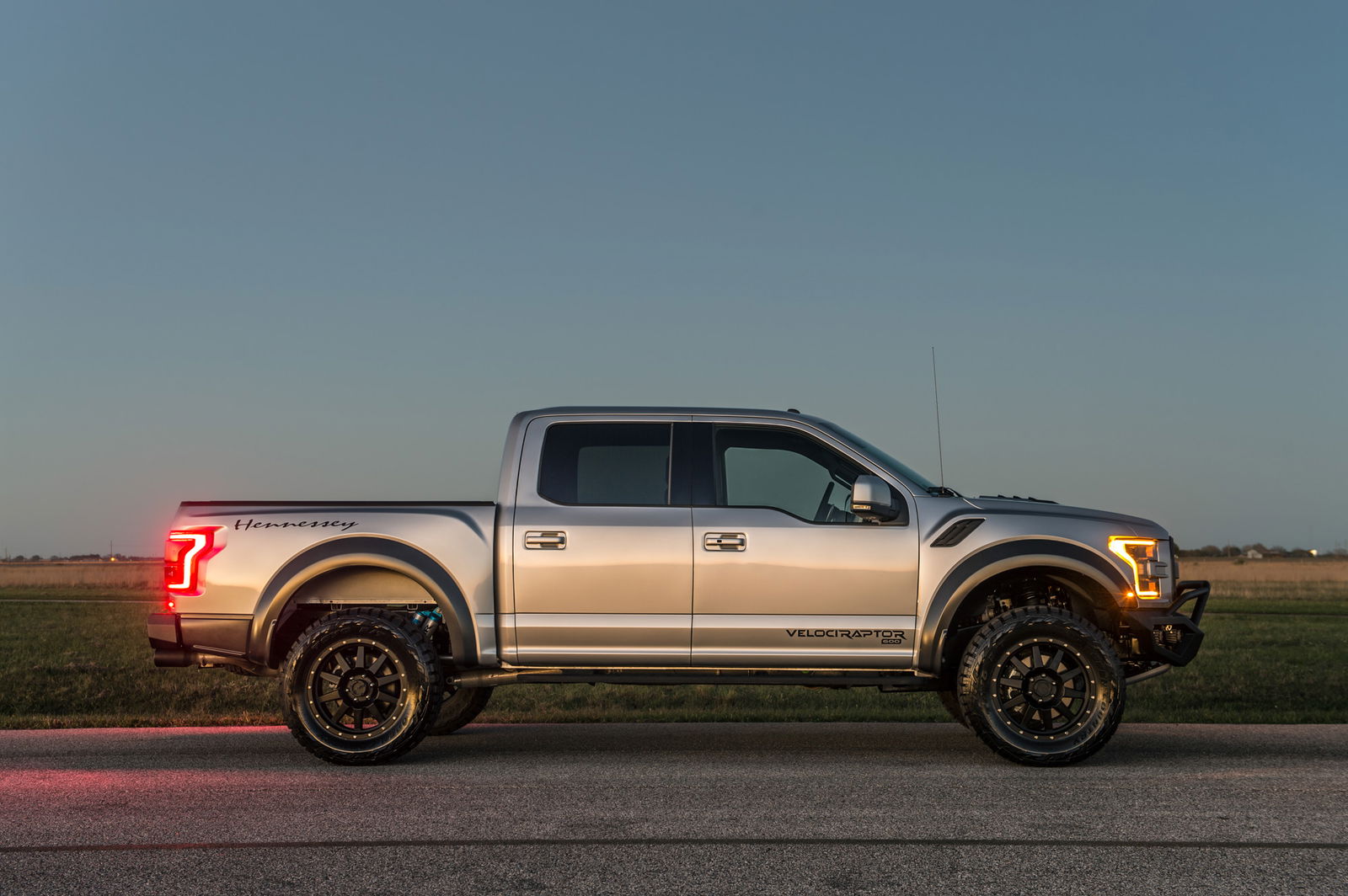This Is Why It's Difficult To Downshift Into First Gear

Changing gear can become an automotive art form when practiced and fully understood, forming a smooth relationship between ratios, engine speeds and differing shaft speed. Although first gear is generally only engineered to get a car off the line, hairpins and sharp corners can necessitate a change down from a higher ratio to the first cog.
If you have tried this before, you may have noticed just how difficult it can be to slot back into first gear, sometimes requiring a mechanically-unsympathetic shove. The most common situation that this occurs is when drivers are slowing down for a traffic light and pre-empt a downchange into first to get going again.

The problem is that the difference in ratios between second and first is large. So considering the job of a synchromesh is to bridge this gap, the synchromesh for first gear has to work a lot harder than in the rest of the transmission.
A synchromesh is almost like a small clutch that sits on the output shaft between gears, slowing or increasing the required gear’s relative speed to perform a perfect meshing of teeth within the transmission. So when trying to downshift to first, the relative speed difference between the output shaft and input shaft will be large compared to the other less-aggressive ratios.
Let’s take a 2016 Honda Civic’s transmission for example. The ratio for first gear is 3.6:1, meaning that for every 3.6 full rotations of the crankshaft, the gear rotates once. Second gear has a ratio of 2.1:1, third is 1.4:1, fourth 1:1, fifth 0.8:1 and sixth 0.7:1. As you can see, the difference in gear ratio gets smaller and smaller as you go up the gears, meaning the transition between each of them gets easier for the synchromeshes to perform.
The stiffness encountered when changing from second to first gear can also be experienced when committing the blasphemy of selecting second gear from fourth, skipping third gear. The difference in the speed of the input and output shafts of the transmission will be large, forcing the required synchromesh to work harder.
Solutions to help downshifting into first are double clutching and rev-matching. These will allow the transmission the chance to match the speed of the crankshaft, lessening the load applied to the synchromesh for first gear and aiding smoother shifts. Despite this, we wouldn’t recommend regular downshifts into first due to the strain it can put on the components within the transmission. So next time you feel that first gear is necessary to launch out of a corner, make sure you think about the required pedal inputs to perform a smooth shift.














Comments
The difficulty of chaging down to 1st can also come from the fact that some older cars (think early/mid 90s) have no synchromesh on first gear, because you’re basically supposed to only go to 1st on a standstill.
I’ve seen people blow their first gear because they didn’t realize it had no synchromesh and just unsanctimoniously jammed the lever into first while rolling. Makes quite the noise.
Pagination